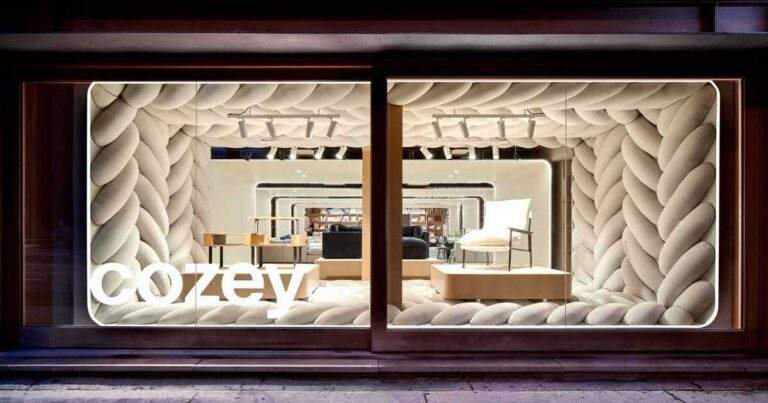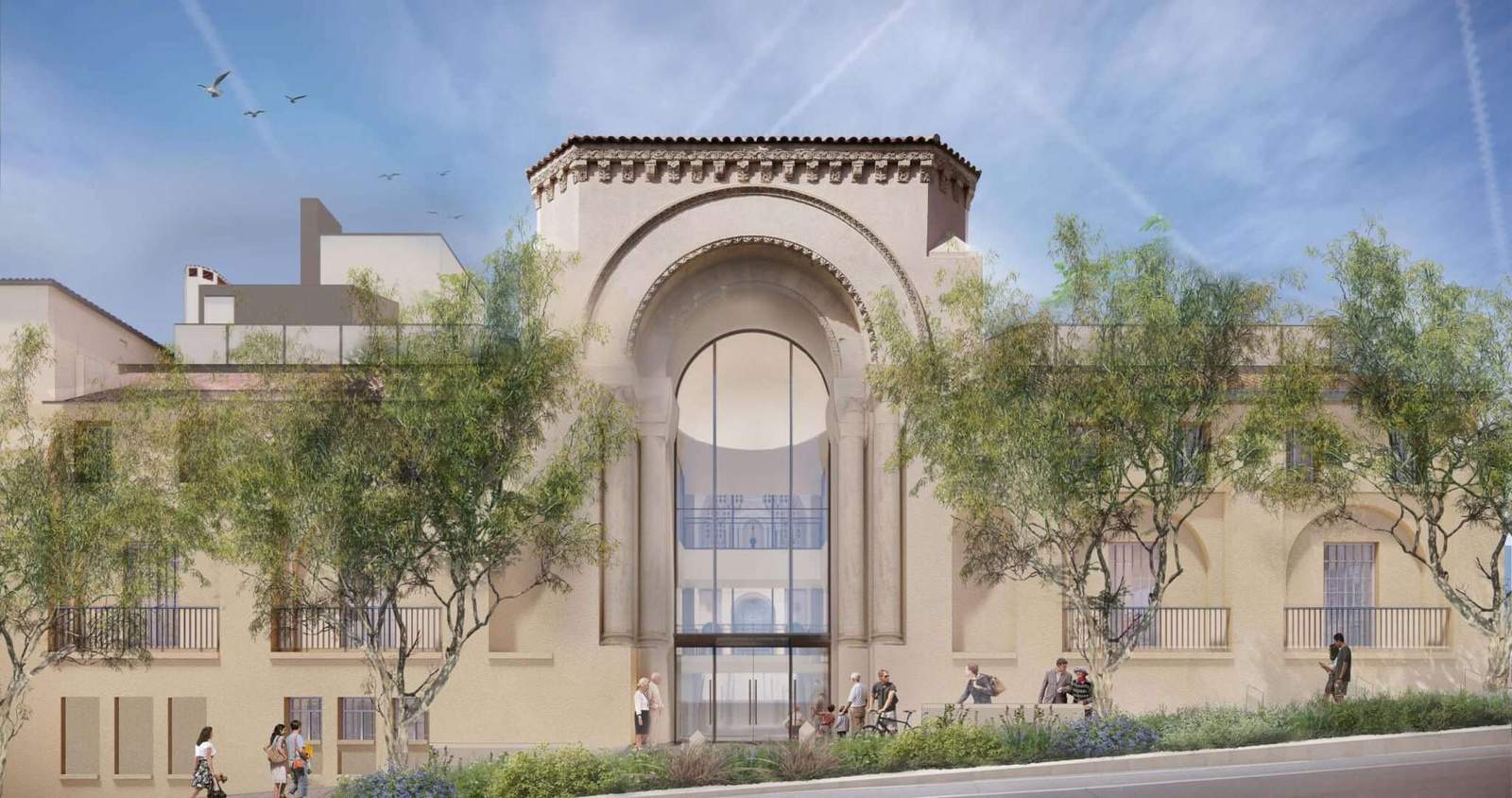In Houston, work gets underway on a two-story home that pairs traditional wood framing with 3D-printed components
HANNAH, an Architectural League Prize–winning experimental design and research studio led by Cornell University assistant professors of architecture Leslie Lok and Sasa Zivkovic, has announced that construction work is underway in Houston on a story-story, 4,000-square-foot single-family home that, when completed, will stand as the first 3D-printed multistory structure in the United States. Serving as architectural designer and project planner, HANNAH is joined by the U.S. arm of Germany’s Peri 3D Construction and local design-build firm CIVE, Inc. in the role of project engineer and general contractor.
The first-of-its-kind project is a hybrid one that marries 3D printing technology with conventional wood framing methods in an approach that “allows the two material systems to be used strategically and aims to increase the applicability of 3D printing in the U.S., where framing is one of the most common construction techniques,” the project team described in a statement. Specifically, the structure is comprised of printed spatial cores produced by a gantry-style COBOD BOD2 printer that contain stairs and functional spaces; these printed elements are connected to the wood framing to “produce an architectural alternation of concrete and framed interiors.”

As noted by the project team, the design for this 3D-printed Texan abode is a scalable one and the hybridized construction methods can be applied to efforts beyond single-family housing, including multifamily and mixed-use projects.
“For the design of the project, we developed a hybrid construction approach that couples innovations in concrete 3D printing with traditional wood framing techniques to create a building system that is structurally efficient, easily replicable, and materially responsive,” elaborated Lok and Zivkovic. “The project also highlights the exciting design potential of mass-customized architectural components to meet homeowner’s needs and to simplify building system integration. These design efforts aim to increase the impact, applicability, sustainability, and cost efficiency of 3D printing for future residential and multi-family buildings in the U.S.”
The last time AN checked in with HANNAH’s Lok and Zivokovic (the latter also directs Cornell’s Robotic Construction Laboratory), the Ithaca-based duo had recently completed the Ashen Cabin, a similarly hybridized project realized a world away from Houston deep in the woods of Central New York. That project brought together interlocking 3D-printed concrete segments with waste wood from infested ash trees using advanced robotic fabrication methods.

HANNAH’s progressive approach (“We reclaim authorship over processes of construction that influence the way we can build – or perhaps ought to build in the future,” the practice states on its website) is a perfect match for the 3D-printing brawn of PERI, which has completed six projects in the Europe and U.S., including Germany’s inaugural 3D-printed home and the largest 3D-printed apartment building in Europe, also in Germany, using COBOD BOD2 printers.
“We are incredibly proud to not only showcase the possibilities of the BOD2 3D construction printer but also our extensive know-how in planning, engineering and printing on this project, which is the seventh and largest one we printed so far,” said Fabian Meyre-Broetz, CEO of PERI 3D Construction, which has based its U.S. operations in Maryland.

Key partners on the project include Quikcrete, which developed the 3D printable concrete used for the home; a closed-cell foam insulation system developed by Huntsman Building Solutions; anchoring systems from Simpson Strong-Tie; and a high-efficiency Variable Refrigerant Flow (VRF) HVAC system from Toshiba Carrier.
AN wil check back in when this singular Texan-by-way-of-Ithaca project completes.



